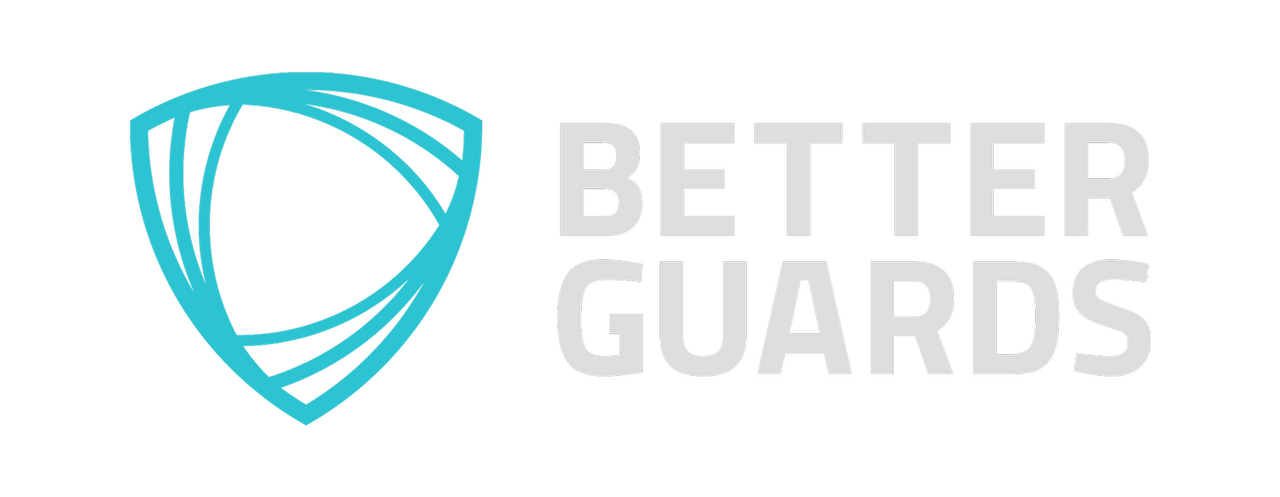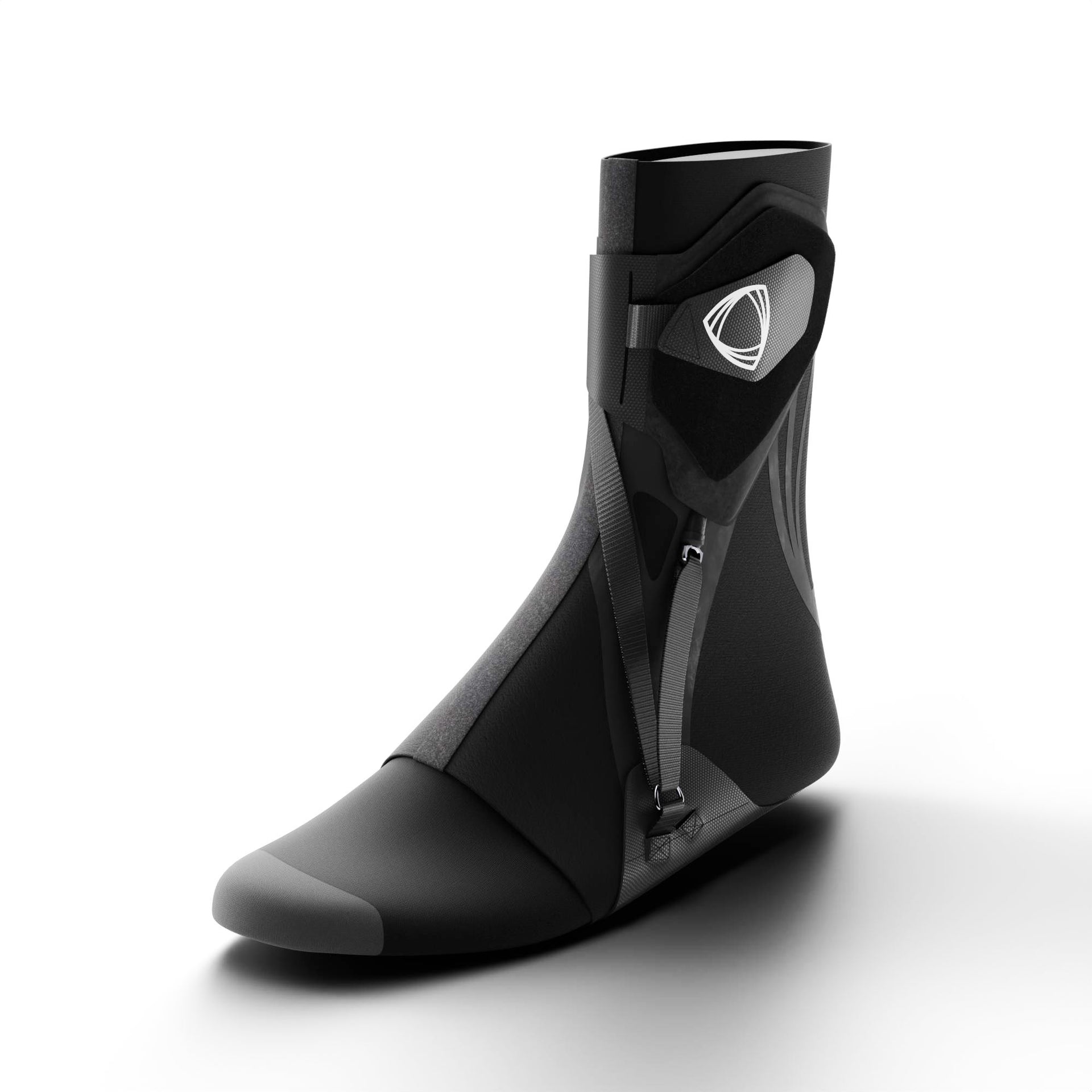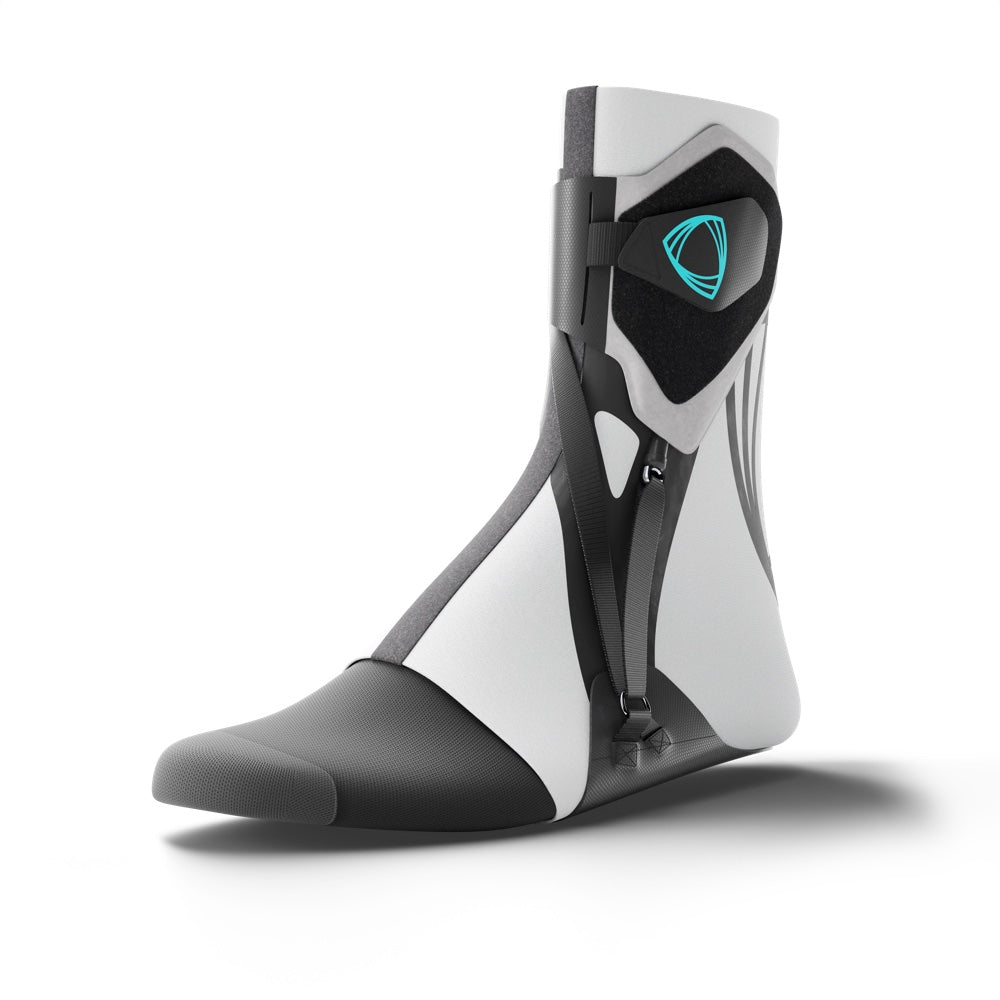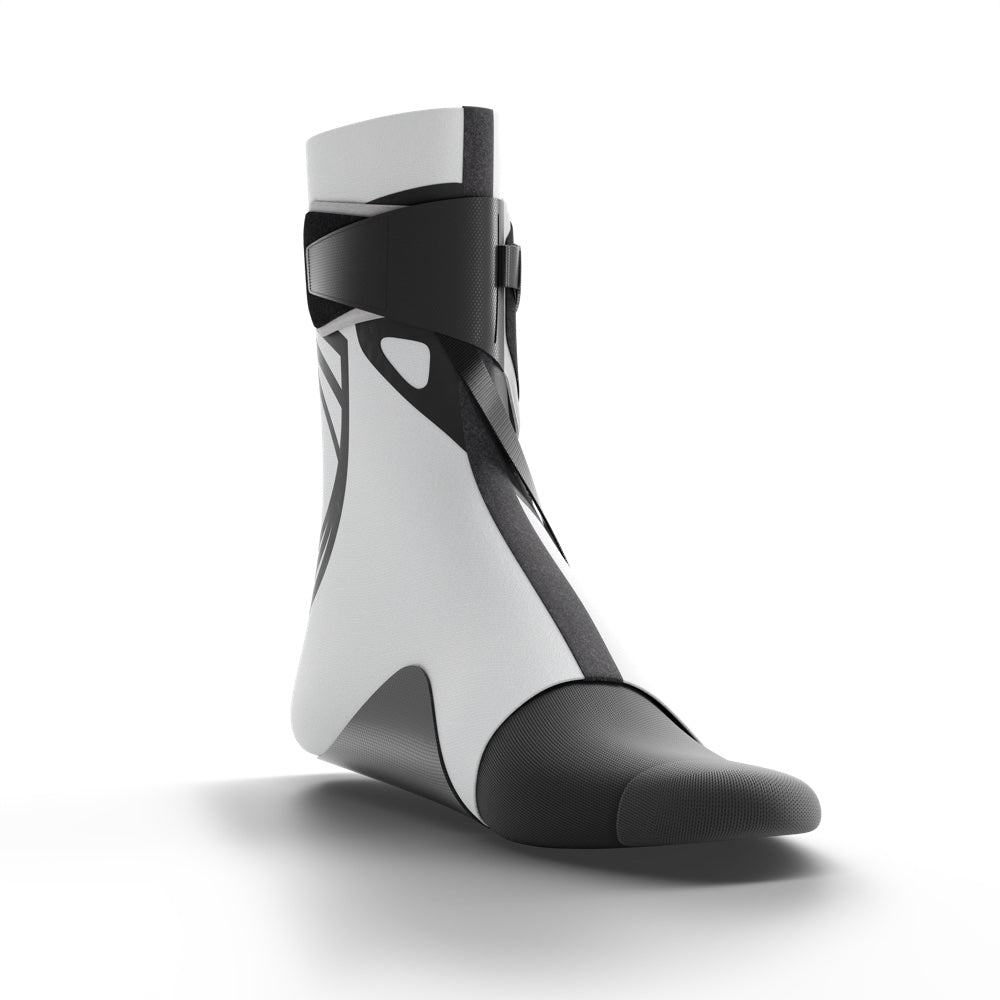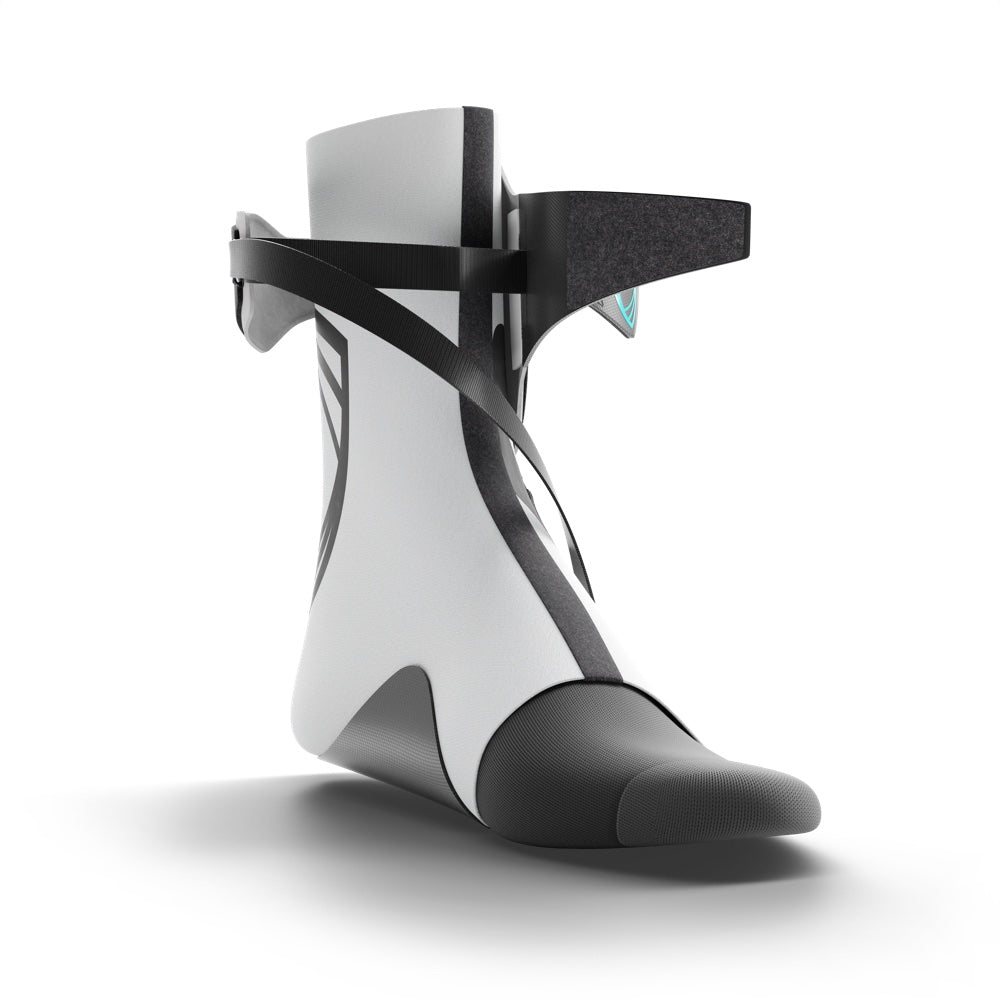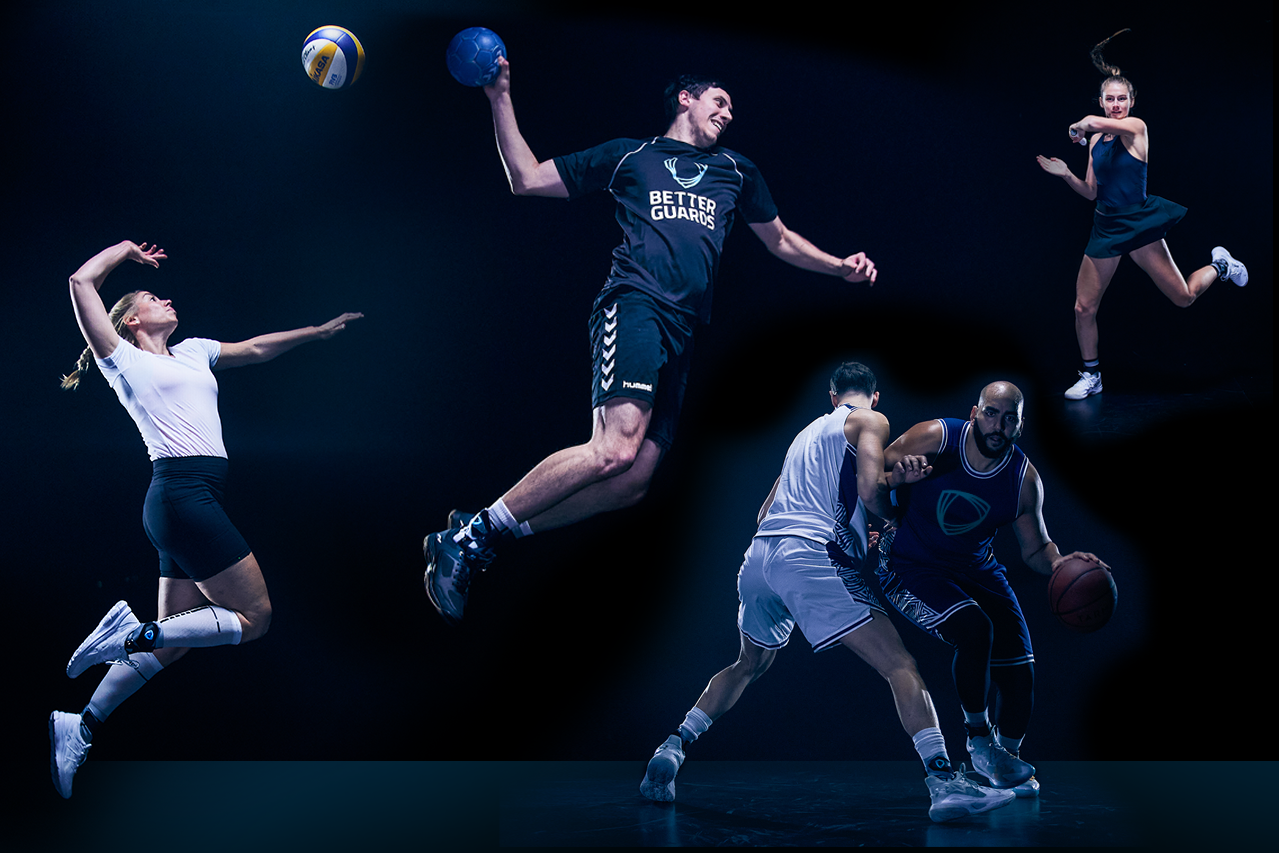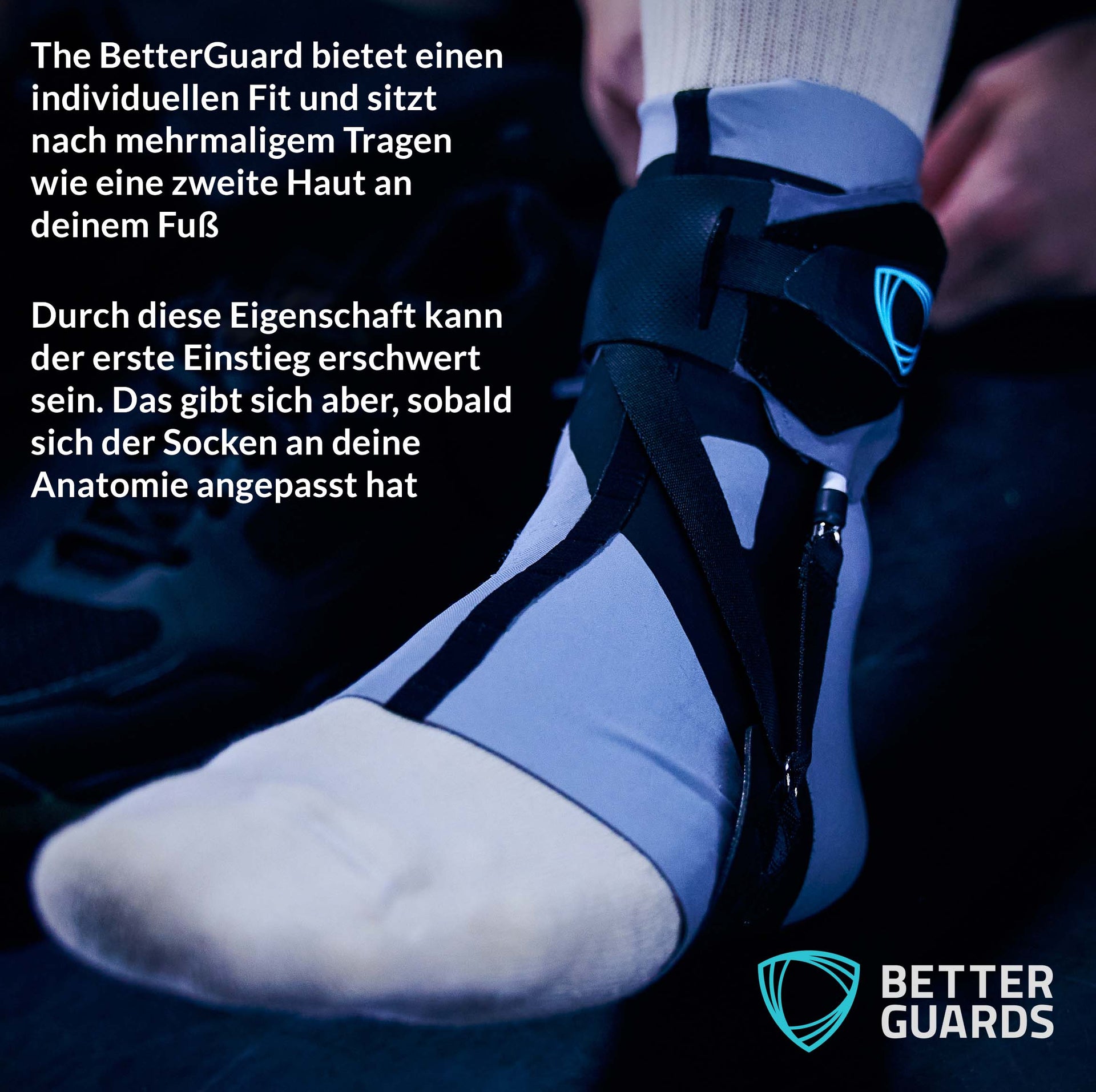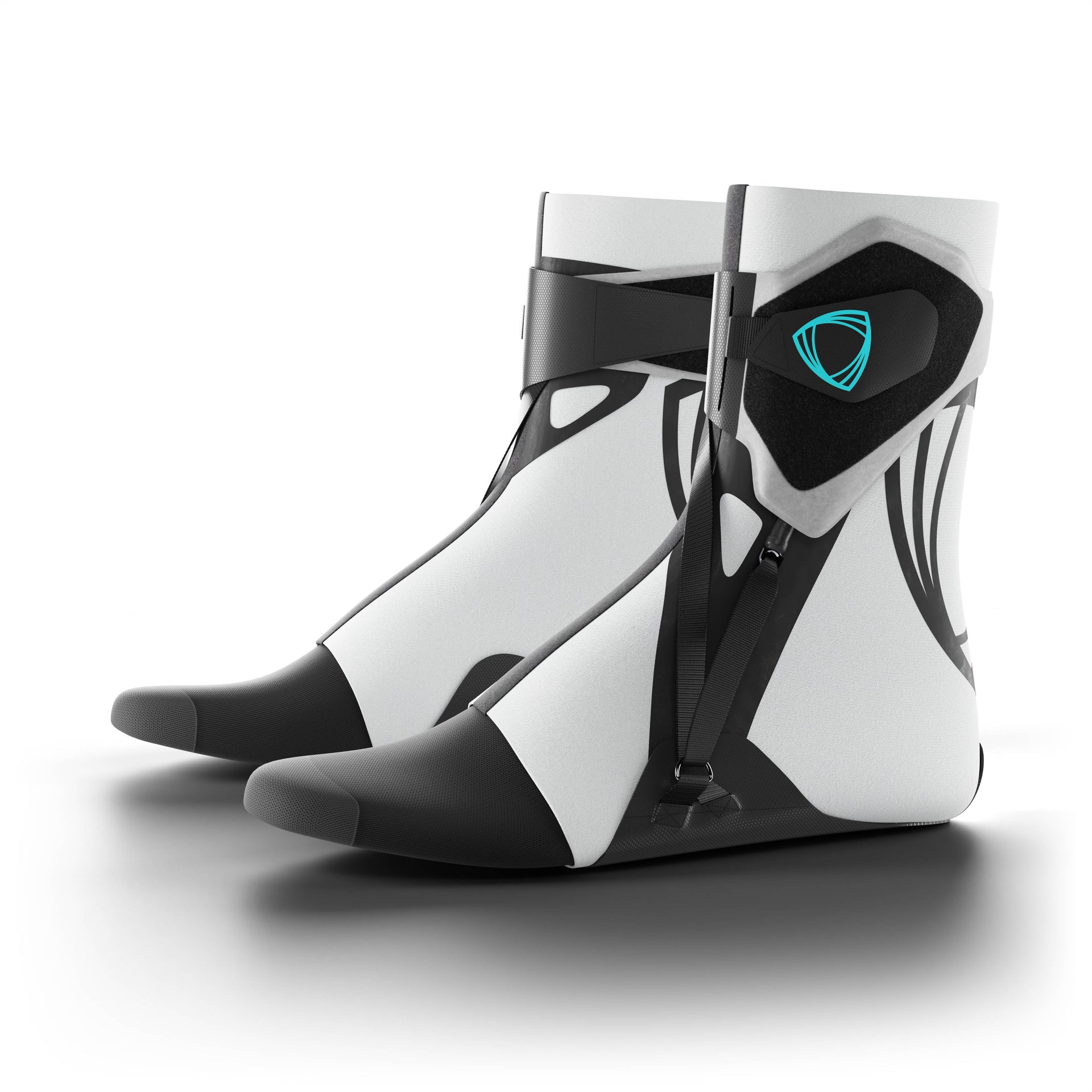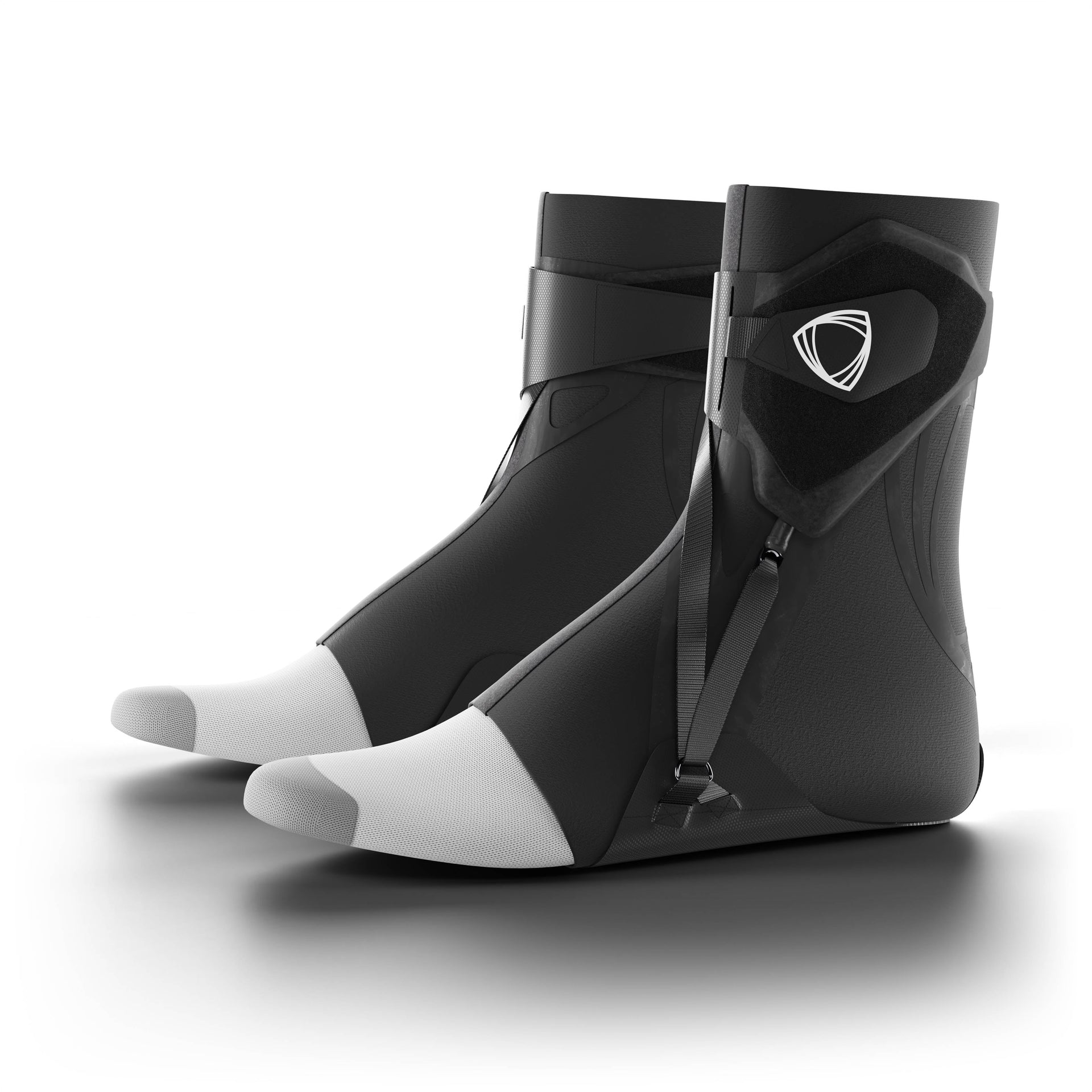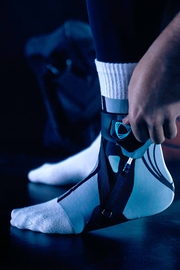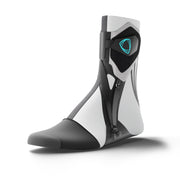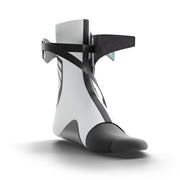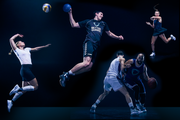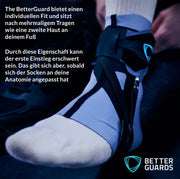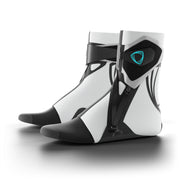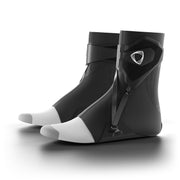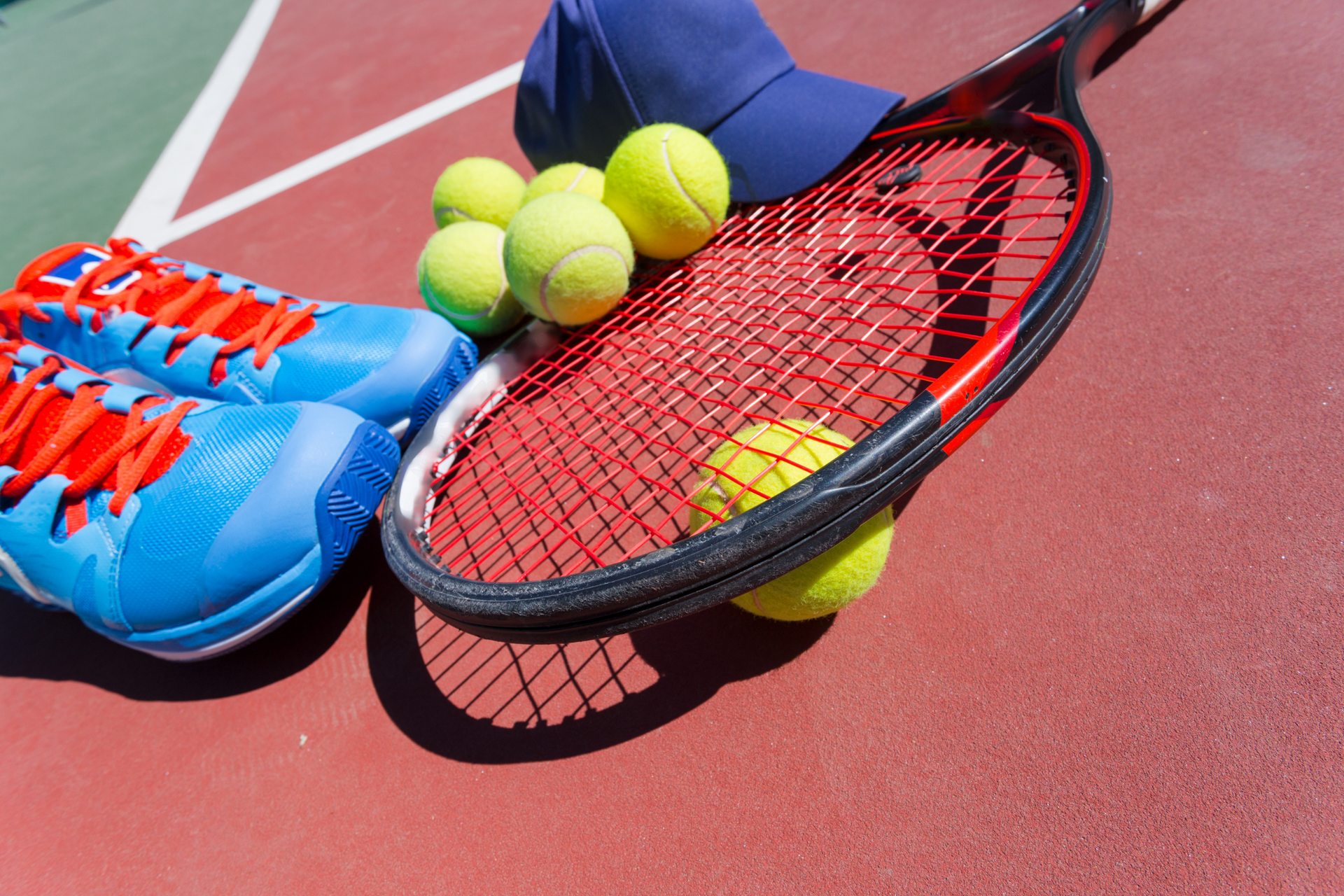
Tennis equipment: This is what you need on the court
Must-have tennis equipment
From the perfect first serve to the powerful topspin, from the forehand to the backhand slice - tennis players need precision, endurance and speed. The right equipment can help. For example, it is crucial to wear shoes with suitable soles, especially on the different types of tennis court surfaces. But what tennis equipment do you need to be perfectly equipped on the court? We'll clarify that in this article.
Tennis clothing and tennis accessories at a glance
The basic equipment in tennis is the same for beginners and professionals. The following applies to everyone: On the court, the right footwear, a tennis racket that suits you and your playing habits, and suitable balls are essential. Here's a quick rundown of what else is important and what you should pay attention to when buying your equipment:
- Tennis Racket - The most important piece of equipment for every tennis player, adapted to the individual game and personal preferences.
- Tennis balls - A distinction is made between pressure-free balls for training and longevity and pressure balls for competitions and tournaments.
-
Tennis shoes - Specially developed for the respective types of courts (clay court, hard court, lawn, indoor) to ensure optimal support and freedom of movement.
Tennis Clothing - This includes breathable polo shirts, t-shirts, tank tops, shorts, skirts, skorts and dresses that provide freedom of movement and comfort. - Ankle bandages - To prevent injuries and to support existing complaints, specially developed for intensive use in tennis.
- Sweatbands - For wrists and forehead to effectively absorb sweat and improve vision and grip on the racket.
- Caps and Visors - Protect from the sun and improve visibility during play.
- Tennis socks - Special sports socks that stabilize the foot in the shoe and ensure a dry feeling.
- Bag or Backpack - Used to store and transport all your equipment.
- Grip Tapes - To improve grip and sweat absorption on the racket handle.
- Positive pressure packaging for tennis balls - To maintain pressure in pressure balls and extend their lifespan.
- Training Aids - Including ball machines, practice walls and special balls for beginners or children.
- Protective clothing - Such as sun protective clothing and creams, especially for outdoor play.

Basic equipment for tennis players
Some items are particularly important to not only enjoy the game, but also to improve your performance and prevent injuries. Here we take a detailed look at the basic equipment that every tennis player should consider:
Tennis racket: The heart of the equipment
The tennis racket is undoubtedly the central piece of equipment for every player. There are a variety of models tailored to different play styles and experience levels. Beginner rackets are often slightly lighter and have larger head sizes to help players hit the ball more easily and get more power behind their shots. Advanced players, on the other hand, play with rackets that allow better control and precision. These often have smaller head sizes and specific weight distributions that suit harder, more precise hits.
Tennis balls: pressureless or pressured?
The right tennis balls can make a big difference in your game. For regular training in your free time, pressureless balls are a cost-effective and long-lasting option. Competitive and tournament players are more likely to use pressure balls, which offer higher speed and better bounce properties, but have a shorter lifespan.

Tennis shoes: the basis for safe movement
Tennis shoes are specifically designed to support quick changes of direction, sprints and stops in tennis. Tennis shoes should be chosen depending on the playing surface: models with a herringbone pattern are ideal for clay courts, while shoes with an all-court sole are optimized for hard courts and indoor surfaces. For grass pitches, there are shoes with special studs that do not damage the surface and at the same time provide good grip.
Tennis clothing: function meets style
The selection of tennis clothing is diverse and ranges from functional polo shirts and T-shirts to tennis dresses, skirts and skorts. Modern tennis clothing offers freedom of movement while at the same time wicking away sweat and keeping the player dry in all conditions.

The role of the ankle brace in tennis
The importance of a good ankle support in tennis should not be underestimated. The BetterGuard , with its innovative BG POWER at its heart, offers an unparalleled solution. Our intelligent bandage allows exceptional freedom of movement during normal play. The bandage activates a damper during critical movements, effectively stabilizing the ankle joint three times faster than your own body.
Why an ankle brace for tennis?
Injuries to the ligaments and joints often occur in tennis, partly due to the hard surface, which can result in longer breaks due to injury. In addition to muscular problems in the calf, thigh and torso areas, injuries in the ankle area are particularly typical. The BetterGuard can be used preventatively to prevent injuries and to provide support for existing injuries. It effectively protects and stabilizes the ankle joint and helps to reduce the duration of injury breaks.

Frequently asked questions about tennis equipment
Here we answer frequently asked questions about tennis equipment. Please feel free to contact us if you need further information.
Are there differences in tennis equipment for men and women?
Yes, there are differences, but these are more due to individual physical requirements and preferences than to gender itself. Manufacturers offer gear specifically designed for women, which is often lighter and ergonomically adapted to smaller hand sizes and other proportions. When it comes to clothing, there are obvious differences in cut and design. When it comes to bats and balls, the differences are less pronounced; it is primarily the personal playing level and style that determines the right equipment.
Does tennis clothing have to be white?
As a recreational athlete, you can wear any colors you want. For a long time, there was a rule in professional tennis that players could only wear white. Even underwear had to be white for official tournaments. Wimbledon , the most prestigious of all tournaments, is known for its strict adherence to this tradition. It was only in the 1990s, after some warnings and protests, that a relaxation was decided, according to which "only" 90% of clothing had to be white.
How does The BetterGuard specifically support you when playing tennis?
The BetterGuard is an innovative ankle support equipped with an intelligent mechanism. This mini piston, the BG POWER, on the one hand allows unrestricted freedom of movement during normal activity and on the other hand ensures immediate stabilization during critical, injury-prone movements. This means that tennis players can move freely and agilely on the court without having to worry about twisting an ankle or other ankle injuries.
Do professional tennis players wear ankle supports?
Yes, many professional tennis players use ankle supports or similar supportive equipment to minimize the risk of injury and manage existing complaints. Due to the high intensity and rapid changes of direction in professional tennis, ankle injuries are not uncommon. Using ankle supports like The BetterGuard can help professionals protect their joints during intense training and competition without compromising performance. However, it is always an individual decision based on personal experience, preferences and the advice of medical professionals.
